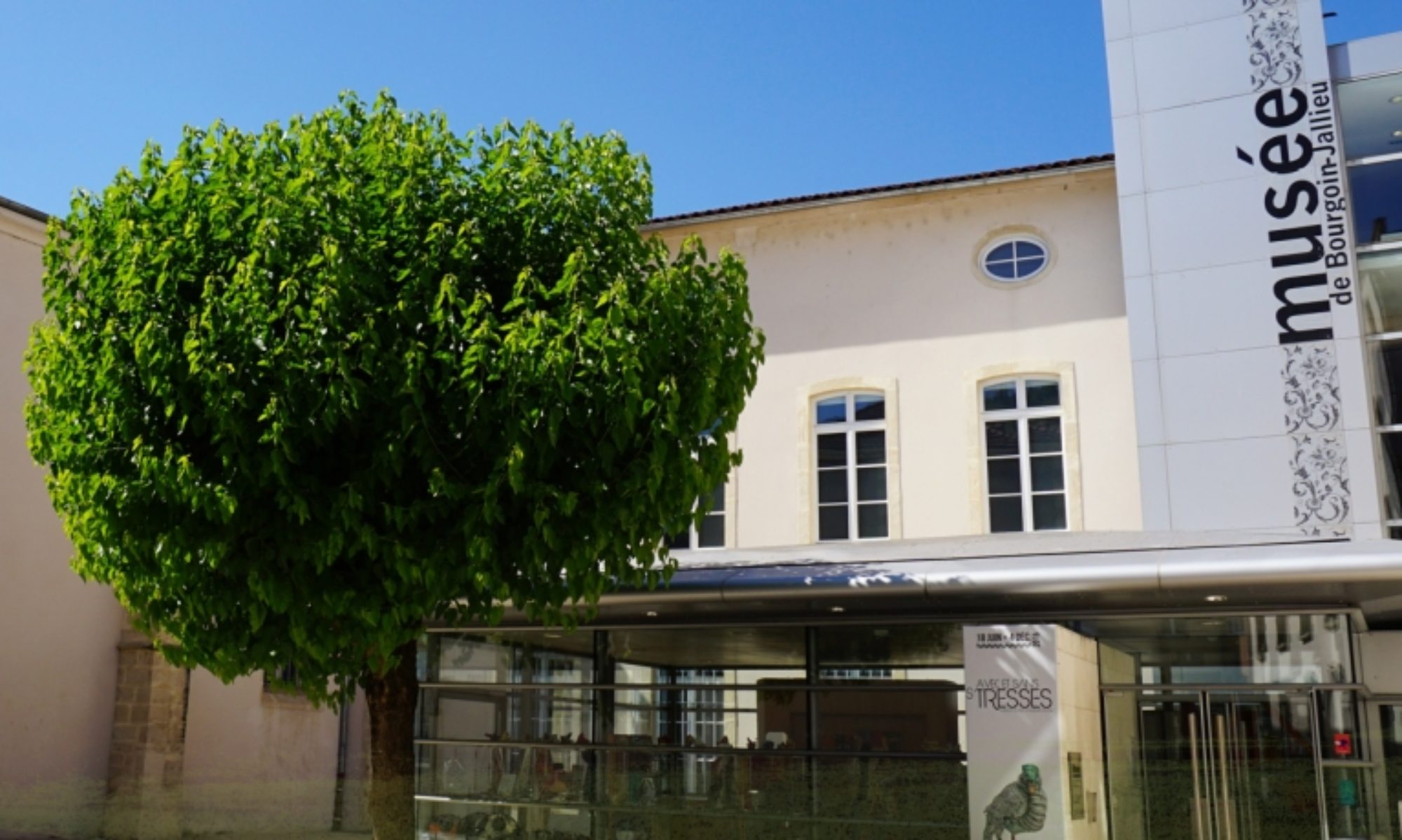This dress and portrait were donated to the Museum in 2014 by the Bonhomme family, a prominent local family. They owned the Grands Moulins de Bourgoin, originally situated opposite the Museum and demolished in 2007. It was in 1854 that Benoît Bonhomme and his son Charles Bonhomme I assumed the management of the museum and soon afterwards undertook a series of expansions and modernizations. This milling dynasty then witnessed five successive generations of Charles Bonhommes. One of them, Charles II, husband of Marie Mortier, would even become mayor of Bourgoin from 1890 to 1892. Their mansion, located in Champaret, is today home to the hotel-restaurant La Commanderie de Champaret.
The woman in the portrait, wife of Charles Bonhomme III (1893-1972), is Suzanne Rajon (1894-1972), daughter of attorney Nestor Rajon. This portrait dates from 1931, when she was 37 years old. It was painted by a renowned portraitist from Lyon’s high society, Tony Tollet (1857-1953).
The dress that Mme. Bonhomme is wearing in her portrait was created around 1931 by a local company and was inspired by a design from the Schiaparelli fashion house. Like all provincial women of the bourgeoisie, Mme. Bonhomme was able to keep with in the fashions that were in vogue in Paris through numerous catalogues.
The straps of the dress are delicate and covered with rhinestones, and the outfit is completed by a small cape fastened with two ties. Both pieces are made of black silk, decorated with block-printed rose bouquets using a reducing agent.
Woodblocks are wooden stamps upon which a raised pattern is engraved. After being coated with dye, the block is firmly pressed to the fabric to produce the design. In the case of printing with a reducing agent, the fabric is dyed beforehand. A reducing agent is then applied to this background, using the blocks, which will dissolve the dye on the fabric where it comes into contact with it. If the reduced area becomes white, it is called white-reduced; if a colored pattern is desired, then the process is referred to as colored-eroded printing. In this case, the printing paste must contain a dye in addition to the reducing chemicals.
This printing technique is generally used for small colored patterns on large black or very dark backgrounds.

